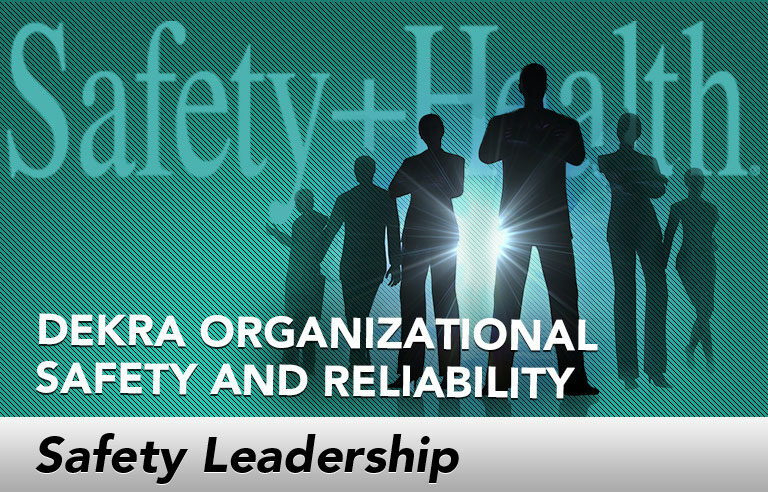Safety Leadership: The data gap: What your employees may not be telling you

Editor’s Note: Achieving and sustaining an injury-free workplace demands strong leadership. In this monthly column, experts from global consulting firm DEKRA Insight share their point of view on what leaders need to know to guide their organizations to safety excellence.
Are you getting the unvarnished truth when it comes to safety performance? In many organizations, a heavy focus on reporting can create pressure to avoid bad news. What begins as the “ugly baby” no one wants to mention (weak safety metrics, poor employee engagement, sloppy incident investigation or action item completion, minimal monitoring from leaders, nominal review of safety data, and so on) can become transformed into a precocious toddler who enamored executives imagine is growing into a mature and high-performing adult.
Invariably, reality will break through with an event that surprises and upsets the organization, yet which was entirely preventable with the right information. As leaders, our job is to set the stage for accurate – and honest – information sharing. That starts with understanding some of the ways we may be discouraging that honesty in the first place.
Why we don’t (always) get the truth
Humans naturally filter information as a way of processing. In organizations, this is exaggerated when information is sensitive and particularly when it impacts performance metrics such as safety.
As information is gathered and shared upward in the organization, it is often softened and presented in a more favorable light than is actually the case. Of course, this means senior leaders find themselves under the impression that performance is actually better than it really is, and that drives a series of outcomes that are not helpful.
For example:
- After receiving “data,” the senior leader provides praise and positive reinforcement that makes it difficult for lower-level leaders to speak up and correct any misunderstandings.
- The “data” can make senior leaders falsely confident that safety and the various efforts in place to drive excellence are working well, which can shift the focus away from safety.
- Various forms of recognition for safety excellence – variable compensation, bonuses, promotions – end up reinforcing the wrong behaviors.
- Impaired or incomplete data hampers rigorous problem-solving.
- Senior leaders who are then surprised with an “unexpected” event (because all of the predictive data has looked good and in line) erode their credibility with front-line employees who were often aware of the exposures all along.
Removing the filter
High performance relies on good information and a climate that treats data as the start of the discussion – not the end of it. This means that the filters we use to mute “bad news” or otherwise obscure meaningful information must be seen for what they are: barriers to continuous improvement.
First, it’s important to recognize that the tendency to filter data is natural. People who do it are usually operating from the very human drive to please our leaders, meet organizational expectations and generally avoid conflict. Talk with your leaders about the tendency to filter data and collaborate with them on how they can detect it and respond to it.
Cultivate a healthy skepticism. Ask lots of questions of your leaders and challenge the data – especially the “good” data. Leaders who can create a climate where the ability to challenge is part of the way people problem-solve can help transform the culture into one of continuous improvement. Ask questions such as: What do you think? How do you know? How can you prove it to me?
Finally, raise the visibility of critical learning moments: examples of times when leaders questioned the data and raised uncomfortable questions – and even when mistakes have been made. The more employees experience that sharing what’s really going on is “safe,” the more likely you are to get information that will help you understand the actual barriers to safety excellence and take the action needed for improvement.
 Rebecca Timmins is vice president, executive consulting, for DEKRA Insight, a global consulting, advisory and testing firm. She designs and delivers individualized coaching for senior leaders to support organizational safety culture incentives.
Rebecca Timmins is vice president, executive consulting, for DEKRA Insight, a global consulting, advisory and testing firm. She designs and delivers individualized coaching for senior leaders to support organizational safety culture incentives.
This article represents the views of the author and should not be construed as a National Safety Council endorsement.
Post a comment to this article
Safety+Health welcomes comments that promote respectful dialogue. Please stay on topic. Comments that contain personal attacks, profanity or abusive language – or those aggressively promoting products or services – will be removed. We reserve the right to determine which comments violate our comment policy. (Anonymous comments are welcome; merely skip the “name” field in the comment box. An email address is required but will not be included with your comment.)

